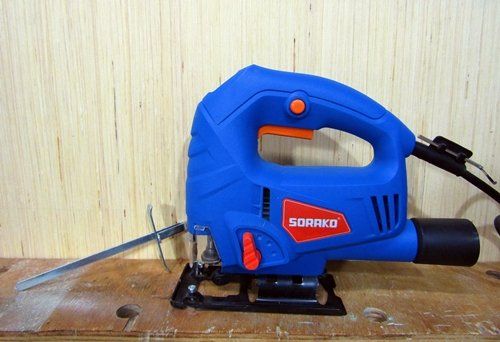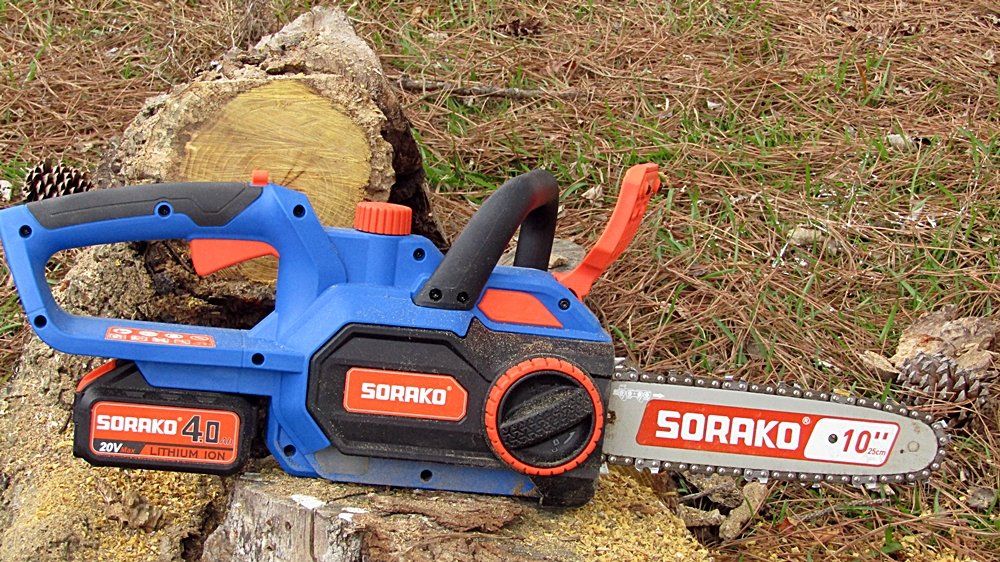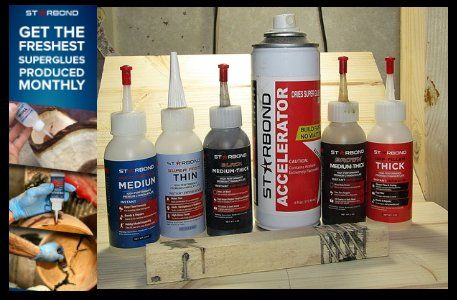
Blog Layout
Plugging Holes in the Table Top
Donald Matthews • Aug 20, 2020
Pallet Wood Kitchen Table

Smoothing the Table Top
A smooth and flat table top is important. Before I get into plugging
the nail holes and other voids in the palletwood table top, I need to get some of the rough planning done. There were a couple boards that were’nt the same thickness as the others. So when I glued it up, I made sure the bottom of the top was as even and smooth as I could. Then I went back and leveled it out with the hand planes. It’s easier to knock down the taller boards with the hand plane, then level and smooth things out. As I said, this is just the first run with the plane to get it level. I’ll be coming back to get it smooth after I filled a few of the voids with epoxy, and the nail holes with plugs.
Filling the Nail Holes with Plugs
First I matched a Forstner
bit with the size of the plugs and put it in a drill, which I then used to bore the plug hole where the nail holes are. I placed the point of the bit in each hole and bored to the depth I desired. The nail holes in the boards were not lined up very well. When they put these pallets together, I’m sure the idea of someone building a a table out of it was the furthest thing on their minds. Getting it done in a hurry and moving on is the idea in that job. So being exact wasn’t an option from the beginning. It will simply add to the rustic look of the finished table. I just did the best I could and got the holes bored into the table.
I filled the hole in sections, doing 6 or eight holes at a time. Just because I get bored doing the same task over and over again. I put some glue in the hole and then pushed the plug in. Next was a couple taps with a mallet to get them seated well. Then I moved on to the next hole. Actually I used a hammer. I simply place a small scrap of wood over the plug to keep from damaging the table top and tapped the plug in. Mallet or hammer works, I do recommend using the scrap block of wood which ever tool you use. It just hurts your feelings to get this far in a project only to have a deep dent to deal with that could have been avoided.
The next step is to trim the plugs down flush to the table top. This is done best and easiest with a flush cut saw. However, at the time I didn’t have one available so I used the hand plane. The problem with that is you’re working yourself far more than with the flush-cut saw and it’s easy for the plug to get tear out below the depth of the hole. And that just gives you another hole to patch. It can be done as long as you pay attention to which way the grain of the plug is running, but the same problem occurs even if you pay attention. Once you get the plug cut flush, you can run the plane over it all you want to and have very little risk of tearing the plug out.
Share
Tweet
Share
Mail
Redneck Know How Blog

By Donald Matthews
•
03 Jun, 2022
Every fisherman has his or her own favorite techniques to catch this beloved fish. Why is crappie, (or pomoxis, if you want to get scientific), are so beloved? Well, they give one heck of a fight when caught. A 2 lb. crappie can put up a fight to rival a bass of larger size. So catching them is fun. There is also the taste factor. Fried crappie tastes great.

By Donald Matthews
•
11 Oct, 2021
Everybody seems to be in love with dovetails these days. Myself included. They look nice, feel nice, and they make the woodworker feel an overwhelming since of pride when he makes tight and even. Especially the hand cut dovetails. Dovetail joints can be produced with power tools. And there are dovetail jigs you can buy and make. It makes getting precise dovetails with no gaps a lot easier. But nothing feels more satisfying than finally getting hand cut dovetails tight and gap free. And for the record, I use the term, “gap free”, very loosely. I’d wager that even the best woodworker gets gaps in their dovetails no matter how hard they try. Maybe not as many as us new to middlin’ woodworkers, and certainly not as noticeable, but there are gaps in their dovetails. Nowadays, people use dovetails not only as a joint, but as decoration. A showpiece if you will to show off the craftsmanship of the woodworker. But the reality is that they were not originally meant to be pretty. They were utilized to hold pieces that were heavily used together. Such as drawers or other parts of furniture and other items that were constantly pulled or tugged on. In the example below, you can see how the angles of the dovetails will keep the joint from coming apart during the tugging of the drawer when opening it. This part of the joint is where the dovetail joint get’s it’s name. Often when used on boxes, the orientation of those angles are switched around, placing them on the front of the box as a decoration, and the pins of the joint is put on the side. Great for looks, not so great for function. Of course for most smaller boxes, the function of the dovetail really isn’t needed and using dovetails for looks is fine and an anesthetically pleasing way to show off craftsmanship. But let’s not give up on using the dovetail joint for utilitarian purposes when building boxes too quickly. They can be a great way to join a bottom to a box that will be holding heavier stuff, such as tool boxes. The angle of the dovetails can manage the stresses of carrying heavier items such as tools if you wish to maintain a *NO screws or nails* policy on your woodworking projects. Or you can use the dovetail joint along with screws for extra protection against the bottom dropping out. So the purpose of the dovetail is a lot more than to just make your woodworking look good. In fact, long ago, they were hidden. Simply a way to join parts and give them the strength to do what the item was meant to do, and be hidden when the drawer was closed. Using the dovetail joint for decoration is a modern thing. Which I have nothing against. I love to show off dovetails I’ve made nearly perfect. Well, in my eyes anyway. Roy Underhill and Paul Sellers would likely just look at them and grin, maybe chuckle at me being so proud of something so far from the skill level they have achieved.

By Donald Matthews
•
14 Aug, 2020
Now it’s time to mark where the mortises for the dominoes will go. The dominoes will serve two purposes. 1) They will help the boards line up and stay lined up during glue up. 2) They will help add more surface area to make the glued up joint stronger. Once I get the edge of the boards marked for the mortises, I’ll make sure they they all line up. Then I’ll start creating the mortises that I marked. First by removing a large amount of the waste with a drill and a Forstner bit, and then follow behind with a chisel to clean up the mortise. Next was the process of gluing the boards together and creating the table top. This is conceptually easy. However, it being a large glue up, gets complicated in practice easily. So what I did was glue up two boards at a time. Letting those boards dry, then gluing those sections up until I finally finished with a full table top. This takes awhile longer than just gluing everything up at one time, but it’s far easier to get two boards to line up, and stay lined up, than five or six at the same time. And of course, there’s the window of time to get things lined up before the glue starts to set to consider. When you’re doing this alone, the glue’s set time sneaks up on you faster than you think. I didn’t have enough clamps long enough to do this glue up and lacked the funds to buy them. Nor could I afford to buy the materials to build pipe clamps. I did find a video in which Izzy Swan made some wedge clamps out of two by fours. And since I had the materials on hand to make them, those are what I made and used. Check out Izzy Swan’s video at this link. https://www.youtube.com/watch?v=wr6MkXy1nos






